Last week, we looked at BEEP-S action one, which is the mandatory measure of weighing cattle. When it comes to action two, farmers had a choice of selecting either – meal feeding calves pre- and post-weaning, or, vaccination of calves for respiratory diseases. Not surprisingly, the meal feeding option has been the most popular choice, with four out of every five farms going for it. This week we will concentrate on the meal feeding option and what farmers need to do to secure payment.
Action two carries a payment of €30/calf weighed. It is important to note that this means only calves from a cow-calf unit that has met the requirements of action one and been successfully weighed and weights submitted to ICBF will qualify for payment for action two.
The terms and conditions state that the feeding period must begin at least four weeks prior to weaning taking place and must continue for at least two weeks post-weaning.
Record-keeping
Good record-keeping is going to remove any possible confusion should your farm be inspected. Keep a record of the date you start meal feeding, the date of weaning itself and the date you stop meal feeding. This needs to be done on an individual calf basis.
For example, where there is more than one group of cows and calves on the farm, the weaning date may be different. You need to be able to identify which calves were weaned on each date and make sure that each group has been fed for the correct periods pre- and post-weaning.

Forward creep grazing calves allows for trough feeding to take place which ensures a more even daily intake of meal.
Supplementation level
While there is no specific feeding rate in the terms and conditions, they clearly state that supplementation levels should be in accordance with the manufacturer’s label recommendations.
Feedstuffs must be sourced from registered or approved feed business operators. A full list of approved businesses is available on the Department of Agriculture website, www.agriculture.gov.ie.
It is also important that sufficient levels of vitamins and minerals are being fed to calves. Again, recommended feeding levels will be outlined on the label of the ration or will be available from your feed provider.
Straights, or homegrown cereals can be used as long as they are fed at the correct rate – consulting your feed rep or nutritionist is recommended here. Where two or more straights are being mixed together on-farm, the farmer must register with the Department as a home-mixer. All straights must be supplemented with a suitable mineral mix.
Receipts, invoices and feed labels should be retained and made available for any inspection or administrative check.
Be sure that the dates on any receipt or invoice is correct and corresponds with the dates when meal feeding is being carried out.
There can be an issue where feed is purchased on credit and paid for at a later date. Keeping the delivery docket or invoice with the correct date is important.
Making the
most of meal
While it is important to meet all the criteria of the scheme to ensure payment, farmers should make the most of this measure and see the health and production benefits that meal feeding around the time of weaning can bring.
The reason that meal feeding and vaccination are options within the one action is due to the fact that both are designed to prevent sickness in calves around weaning time.
Weaning can be one of the most stressful periods of an animal’s life. It involves a change in the nutrition, social dynamic and often environment of the calf, all at the same time. Any one of these changes can cause stress for an animal, never mind all three happening at once. A stressed animal will ultimately lead to a sick animal. Stress causes a weakening of the calf’s immune system and leaves the door open for a disease breakout.
The idea of meal feeding pre- and post-weaning is to reduce the nutritional stress factors involved in the weaning process.
By the time a calf is around 200 days old, about 25% of its daily intake comes in the form of milk from the cow.
However, if grass supply is inadequate or of poor quality, this proportion can be much greater from a nutritional point of view.
Supplementing the weanling is seen to be an efficient time to feed beef animals. For every 5kg of concentrate fed, it will result in 1kg of liveweight gain. Compare this to a finishing bullock where a conversion rate of 8:1 or even 10:1 would be more typical.
Feeding method
While a creep feeder is the most labour-efficient way of feeding calves, what tends to happen is that some calves will eat anything up to 5kg/day while others may only be eating very little.
Forward creep grazing calves to the next paddock by raising the electric fence allows for calves to be trough-fed once a day.
In this way, you can see all calves eating meal at the same time and intake levels will be similar across the whole group.
Cost
Currently, weanling rations are costing around €260/t to €275/t. Most rations will have a recommended feed rate of between 1kg and 3kg/hd/day. Assuming the supplementation period is just for six weeks (four weeks pre- and two weeks post-weaning), that gives us 42 days of feeding. At an average rate of 2kg/day this equates to 84kg of feed – a cost of €22 to €23/calf.
The payment for this action is €30/calf. However, if we use a 5:1 feed conversion rate this means our 84kg of meal will yield almost 17kg of liveweight. Valuing this extra liveweight at €2.40/kg, this is worth over €40/calf. This means a margin over feed costs of €47/calf.
What we haven’t factored in here is the cost benefit of meal feeding on the health of the calf.
If supplementation reduces the stress and incidences of sickness then the benefits will be even greater as a sick animal will not be performing or gaining weight.
Last week, we looked at BEEP-S action one, which is the mandatory measure of weighing cattle. When it comes to action two, farmers had a choice of selecting either – meal feeding calves pre- and post-weaning, or, vaccination of calves for respiratory diseases. Not surprisingly, the meal feeding option has been the most popular choice, with four out of every five farms going for it. This week we will concentrate on the meal feeding option and what farmers need to do to secure payment.
Action two carries a payment of €30/calf weighed. It is important to note that this means only calves from a cow-calf unit that has met the requirements of action one and been successfully weighed and weights submitted to ICBF will qualify for payment for action two.
The terms and conditions state that the feeding period must begin at least four weeks prior to weaning taking place and must continue for at least two weeks post-weaning.
Record-keeping
Good record-keeping is going to remove any possible confusion should your farm be inspected. Keep a record of the date you start meal feeding, the date of weaning itself and the date you stop meal feeding. This needs to be done on an individual calf basis.
For example, where there is more than one group of cows and calves on the farm, the weaning date may be different. You need to be able to identify which calves were weaned on each date and make sure that each group has been fed for the correct periods pre- and post-weaning.

Forward creep grazing calves allows for trough feeding to take place which ensures a more even daily intake of meal.
Supplementation level
While there is no specific feeding rate in the terms and conditions, they clearly state that supplementation levels should be in accordance with the manufacturer’s label recommendations.
Feedstuffs must be sourced from registered or approved feed business operators. A full list of approved businesses is available on the Department of Agriculture website, www.agriculture.gov.ie.
It is also important that sufficient levels of vitamins and minerals are being fed to calves. Again, recommended feeding levels will be outlined on the label of the ration or will be available from your feed provider.
Straights, or homegrown cereals can be used as long as they are fed at the correct rate – consulting your feed rep or nutritionist is recommended here. Where two or more straights are being mixed together on-farm, the farmer must register with the Department as a home-mixer. All straights must be supplemented with a suitable mineral mix.
Receipts, invoices and feed labels should be retained and made available for any inspection or administrative check.
Be sure that the dates on any receipt or invoice is correct and corresponds with the dates when meal feeding is being carried out.
There can be an issue where feed is purchased on credit and paid for at a later date. Keeping the delivery docket or invoice with the correct date is important.
Making the
most of meal
While it is important to meet all the criteria of the scheme to ensure payment, farmers should make the most of this measure and see the health and production benefits that meal feeding around the time of weaning can bring.
The reason that meal feeding and vaccination are options within the one action is due to the fact that both are designed to prevent sickness in calves around weaning time.
Weaning can be one of the most stressful periods of an animal’s life. It involves a change in the nutrition, social dynamic and often environment of the calf, all at the same time. Any one of these changes can cause stress for an animal, never mind all three happening at once. A stressed animal will ultimately lead to a sick animal. Stress causes a weakening of the calf’s immune system and leaves the door open for a disease breakout.
The idea of meal feeding pre- and post-weaning is to reduce the nutritional stress factors involved in the weaning process.
By the time a calf is around 200 days old, about 25% of its daily intake comes in the form of milk from the cow.
However, if grass supply is inadequate or of poor quality, this proportion can be much greater from a nutritional point of view.
Supplementing the weanling is seen to be an efficient time to feed beef animals. For every 5kg of concentrate fed, it will result in 1kg of liveweight gain. Compare this to a finishing bullock where a conversion rate of 8:1 or even 10:1 would be more typical.
Feeding method
While a creep feeder is the most labour-efficient way of feeding calves, what tends to happen is that some calves will eat anything up to 5kg/day while others may only be eating very little.
Forward creep grazing calves to the next paddock by raising the electric fence allows for calves to be trough-fed once a day.
In this way, you can see all calves eating meal at the same time and intake levels will be similar across the whole group.
Cost
Currently, weanling rations are costing around €260/t to €275/t. Most rations will have a recommended feed rate of between 1kg and 3kg/hd/day. Assuming the supplementation period is just for six weeks (four weeks pre- and two weeks post-weaning), that gives us 42 days of feeding. At an average rate of 2kg/day this equates to 84kg of feed – a cost of €22 to €23/calf.
The payment for this action is €30/calf. However, if we use a 5:1 feed conversion rate this means our 84kg of meal will yield almost 17kg of liveweight. Valuing this extra liveweight at €2.40/kg, this is worth over €40/calf. This means a margin over feed costs of €47/calf.
What we haven’t factored in here is the cost benefit of meal feeding on the health of the calf.
If supplementation reduces the stress and incidences of sickness then the benefits will be even greater as a sick animal will not be performing or gaining weight.





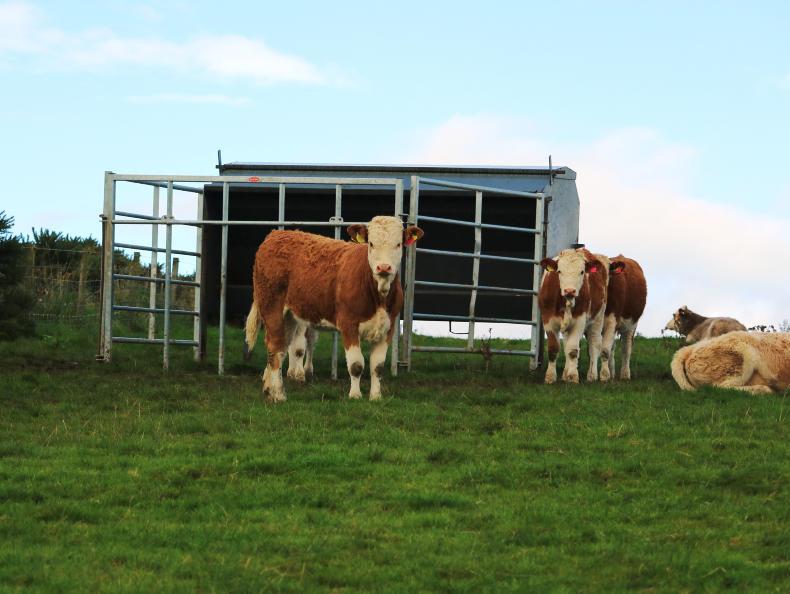
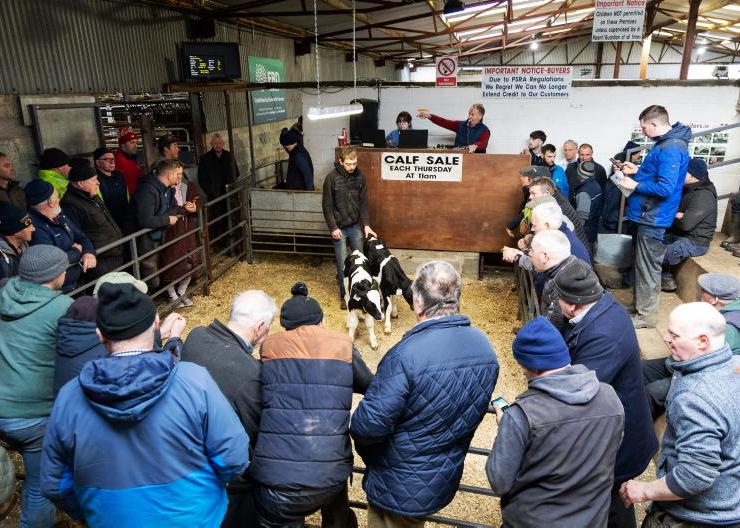

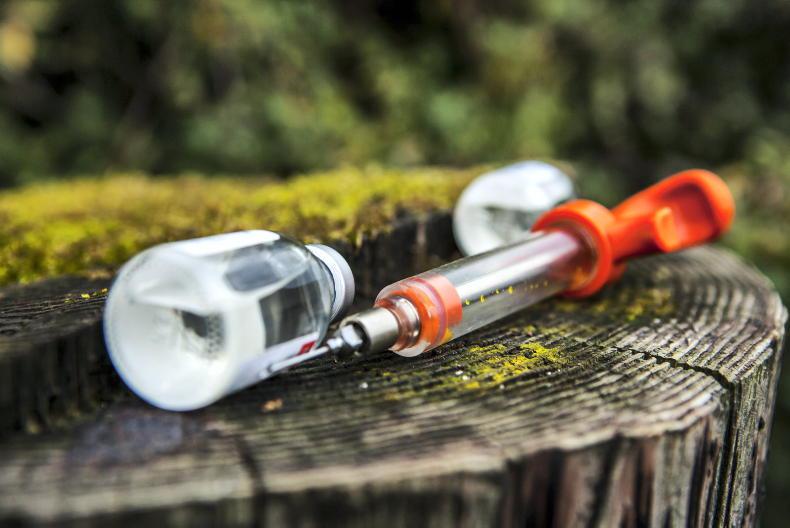
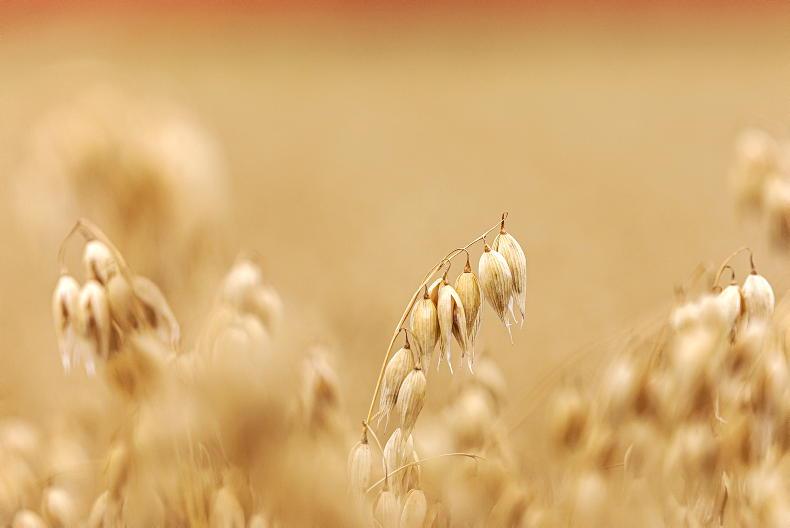
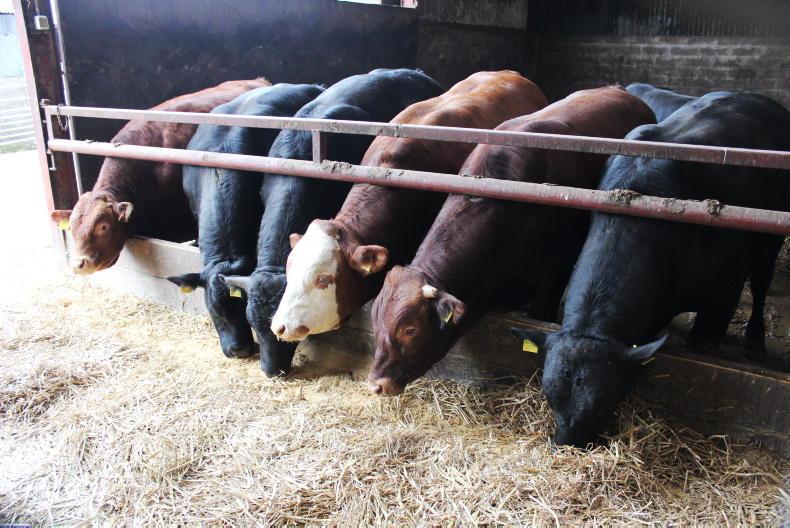
SHARING OPTIONS